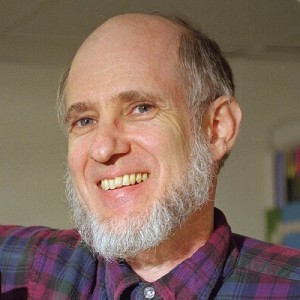Reverse engineering dynamic temporal models of biological processes and their relationships
Naren Ramakrishnan, Satish Tadepalli, Layne T. Watson, Richard F Helm, Marco Antoniotti, Bud Mishra
Abstract
Biological processes such as circadian rhythms, cell division, metabolism, and development occur as ordered sequences of events. The synchronization of these coordinated events is essential for proper cell function, and hence the determination of critical time points in biological processes is an important component of all biological investigations. In particular, such critical time points establish logical ordering constraints on subprocesses, impose prerequisites on temporal regulation and spatial compartmentalization, and situate dynamic reorganization of functional elements in preparation for subsequent stages. Thus, building temporal phenomenological representations of biological processes from genome-wide datasets is relevant in formulating biological hypotheses on: how processes are mechanistically regulated; how the regulations vary on an evolutionary scale, and how their inadvertent disregulation leads to a diseased state or fatality. This paper presents a general framework (GOALIE) to reconstruct temporal models of cellular processes from time-course gene expression data. We mathematically formulate the problem as one of optimally segmenting datasets into a succession of “informative” windows such that time points within a window expose concerted clusters of gene action whereas time points straddling window boundaries constitute points of significant restructuring. We illustrate here how GOALIE successfully brings out the interplay between multiple yeast processes, inferred from combined experimental datasets for the cell cycle and the metabolic cycle.
People
Publication Details
- Date of publication:
- May 10, 2010
- Journal:
- Proceedings of the National Academy of Sciences
- Volume:
- 107
- Issue Number:
- 28

